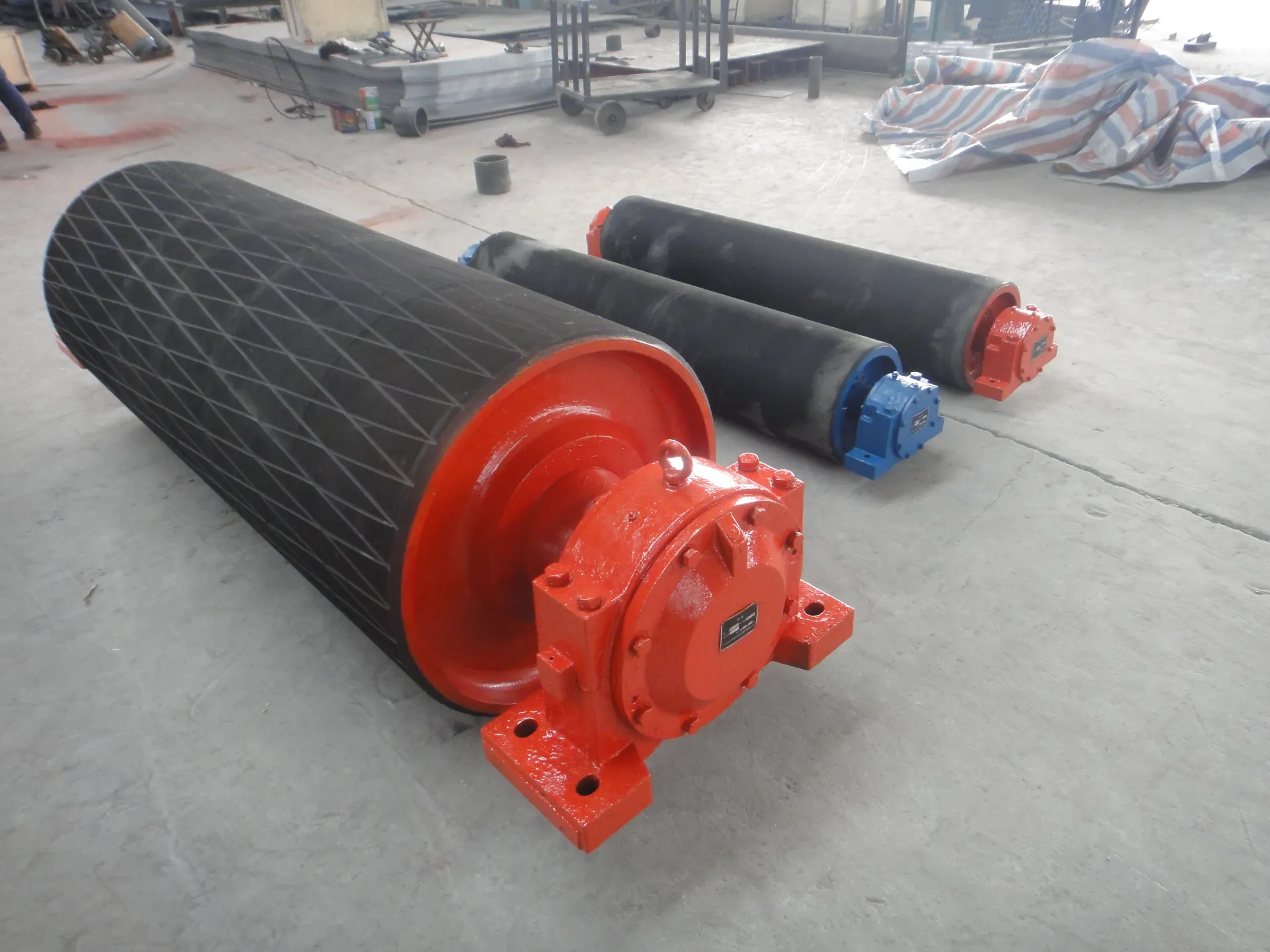 Afrikaans
Afrikaans  Albanian
Albanian  Amharic
Amharic  Arabic
Arabic  Armenian
Armenian  Azerbaijani
Azerbaijani  Basque
Basque  Belarusian
Belarusian  Bengali
Bengali  Bosnian
Bosnian  Bulgarian
Bulgarian  Catalan
Catalan  Cebuano
Cebuano  Corsican
Corsican  Croatian
Croatian  Czech
Czech  Danish
Danish  Dutch
Dutch  англійская
англійская  Esperanto
Esperanto  Estonian
Estonian  Finnish
Finnish  French
French  Frisian
Frisian  Galician
Galician  Georgian
Georgian  German
German  Greek
Greek  Gujarati
Gujarati  Haitian Creole
Haitian Creole  hausa
hausa  hawaiian
hawaiian  Hebrew
Hebrew  Hindi
Hindi  Miao
Miao  Hungarian
Hungarian  Icelandic
Icelandic  igbo
igbo  Indonesian
Indonesian  irish
irish  Italian
Italian  Japanese
Japanese  Javanese
Javanese  Kannada
Kannada  kazakh
kazakh  Khmer
Khmer  Rwandese
Rwandese  Korean
Korean  Kurdish
Kurdish  Kyrgyz
Kyrgyz  Lao
Lao  Latin
Latin  Latvian
Latvian  Lithuanian
Lithuanian  Luxembourgish
Luxembourgish  Macedonian
Macedonian  Malgashi
Malgashi  Malay
Malay  Malayalam
Malayalam  Maltese
Maltese  Maori
Maori  Marathi
Marathi  Mongolian
Mongolian  Myanmar
Myanmar  Nepali
Nepali  Norwegian
Norwegian  Norwegian
Norwegian  Occitan
Occitan  Pashto
Pashto  Persian
Persian  Polish
Polish  Portuguese
Portuguese  Punjabi
Punjabi  Romanian
Romanian  Russian
Russian  Samoan
Samoan  Scottish Gaelic
Scottish Gaelic  Serbian
Serbian  Sesotho
Sesotho  Shona
Shona  Sindhi
Sindhi  Sinhala
Sinhala  Slovak
Slovak  Slovenian
Slovenian  Somali
Somali  Spanish
Spanish  Sundanese
Sundanese  Swahili
Swahili  Swedish
Swedish  Tagalog
Tagalog  Tajik
Tajik  Tamil
Tamil  Tatar
Tatar  Telugu
Telugu  Thai
Thai  Turkish
Turkish  Turkmen
Turkmen  Ukrainian
Ukrainian  Urdu
Urdu  Uighur
Uighur  Uzbek
Uzbek  Vietnamese
Vietnamese  Welsh
Welsh  Bantu
Bantu  Yiddish
Yiddish  Yoruba
Yoruba  Zulu
Zulu Comprehensive Understanding Of Rubber Lagging Pulleys
Rubber lagging pulley plays a vital role in modern industrial conveying systems. It is not only a key component in the conveyor belt system, but also a guarantee to ensure the smooth operation of the conveyor belt and extend the service life of the equipment.

Introduction to rubber lagging pulleys
First of all, the so-called rubber lagging pulley, also known as rubber lagging roller, is a metal roller covered with a layer of rubber material to give it greater friction and wear resistance. The selection of rubber materials is very important. Different rubber materials can adapt to different working environments and working conditions to achieve the best results. For example, natural rubber is suitable for ordinary environments, while oil-resistant rubber is suitable for environments with more lipid substances. The emergence of rubber lagging pulleys effectively solves the sliding problem of metal rollers in long-term operation and ensures the stable operation of conveyor belts.
Types of rubber lagging pulleys
Secondly, rubber lagging pulleys can be divided into many types according to the type of rubber lagging on their surface, including flat rubber lagging, diamond rubber lagging and herringbone rubber lagging. Flat rubber lagging is widely used in various ordinary conveyor belt systems to provide appropriate friction and anti-slip effects. Diamond rubber lagging is specially used for conveying systems with high anti-slip requirements. The diamond pattern on its surface can greatly increase the contact area between the roller and the conveyor belt, thereby increasing the friction. Fishbone rubber lagging has special drainage properties and is often used in conveying systems in humid or water environments to achieve anti-slip effects.
Furthermore, rubber lagging pulleys are not only diverse in types, but also extremely widely used in actual working conditions. For example, in the conveying systems of mines, ports, and power plants, rubber lagging pulleys can effectively cope with the heavy load and complex working environment of conveyor belts, preventing conveyor belts from sliding and wearing under high loads. For these harsh environments, rubber materials with high wear resistance and tensile strength become the only choice. Not only that, in some chemical transportation, the use of acid- and alkali-resistant rubber lagging rollers can prevent damage to the roller surface caused by chemical corrosion, ensuring long-term and stable operation of the system.
Next, let's discuss the lagging process of the roller. The traditional cold bonding method achieves the effect of surface lagging by applying adhesive on the surface of the roller, then sticking a rubber sheet on it, and pressing and fixing it. In recent years, with the advancement of technology, the hot vulcanization lagging process has gradually replaced the cold bonding method. The hot vulcanization process directly vulcanizes the rubber on the surface of the drum at high temperature, making the rubber layer more closely bonded to the drum, with better wear resistance and service life. Regardless of the process, the lagging process requires high-precision equipment and strict process control to ensure that the thickness of the rubber layer is uniform and the surface is smooth and free of bubbles.
However, rubber lagging pulleys also have certain maintenance challenges. Under long-term operation and high load, the rubber surface may be fatigued or debonded. For these problems, regular inspection and maintenance are essential. During maintenance, it is necessary to check the wear of the rubber layer, the degree of peeling, and the concentricity of the drum. Timely detection and corresponding measures can maximize the service life of the equipment and reduce downtime and maintenance costs caused by equipment failure.
In summary, rubber lagging pulleys play a vital role in the smooth operation of conveyor belt systems. Its various types of lagging and wide range of applications make it an indispensable part of modern industrial conveying systems. Through scientific and reasonable material selection and advanced technology, coupled with regular maintenance, Rubber Lagging Pulley can serve various conveyor belt systems more reliably and efficiently. Whether it is a mine, a port or a power plant, all industries can optimize the roller rubber coating solution to improve production efficiency, reduce equipment maintenance costs, and create more economic benefits for the enterprise.
-
Revolutionizing Conveyor Reliability with Advanced Rubber Lagging PulleysНавіныJul.22,2025
-
Powering Precision and Durability with Expert Manufacturers of Conveyor ComponentsНавіныJul.22,2025
-
Optimizing Conveyor Systems with Advanced Conveyor AccessoriesНавіныJul.22,2025
-
Maximize Conveyor Efficiency with Quality Conveyor Idler PulleysНавіныJul.22,2025
-
Future-Proof Your Conveyor System with High-Performance Polyurethane RollerНавіныJul.22,2025
-
Driving Efficiency Forward with Quality Idlers and RollersНавіныJul.22,2025





























